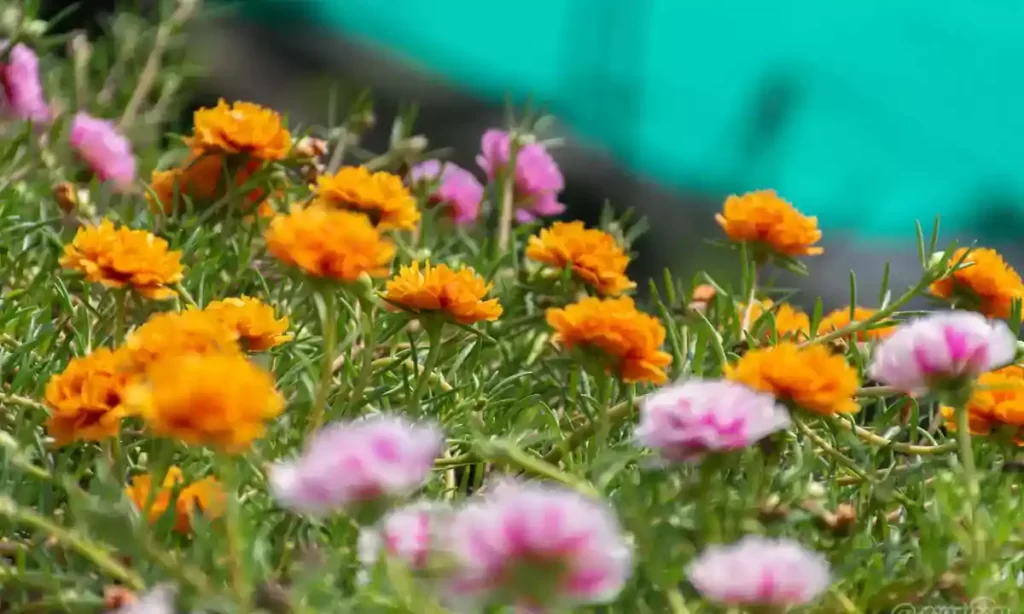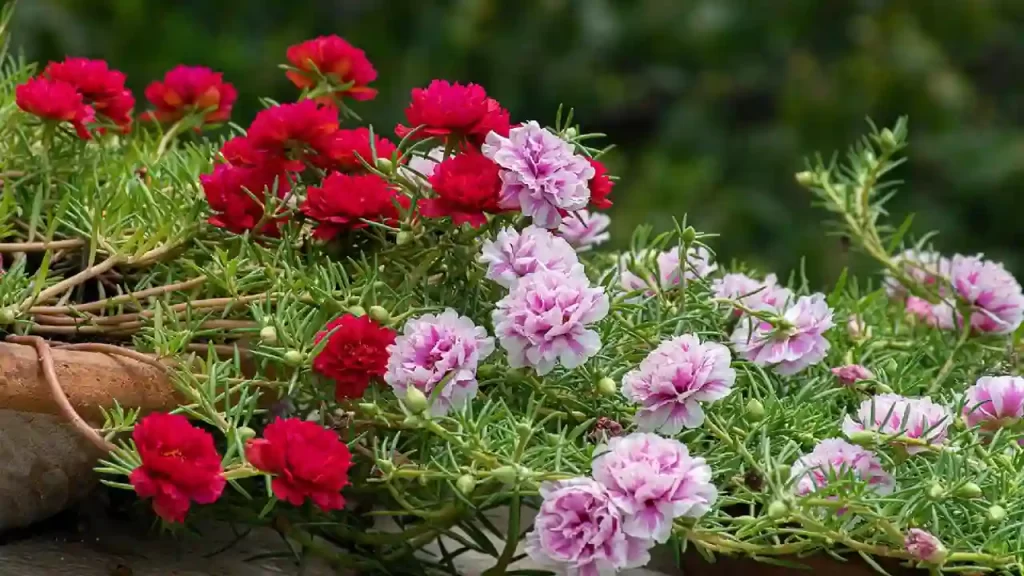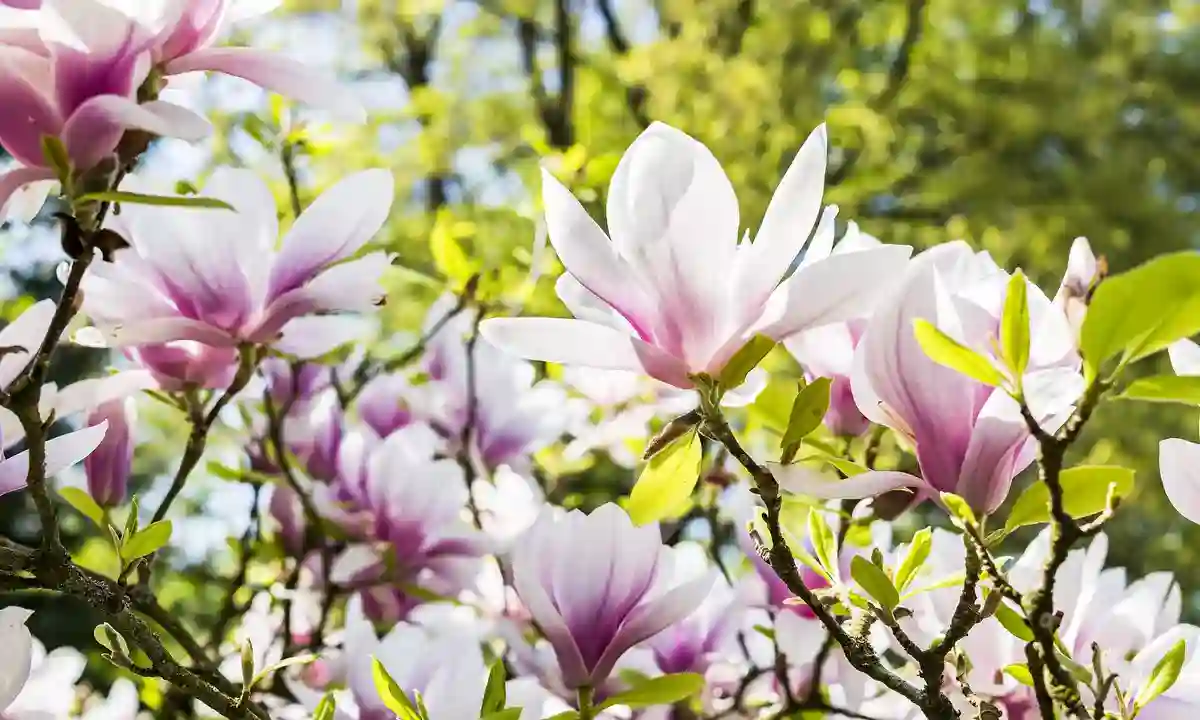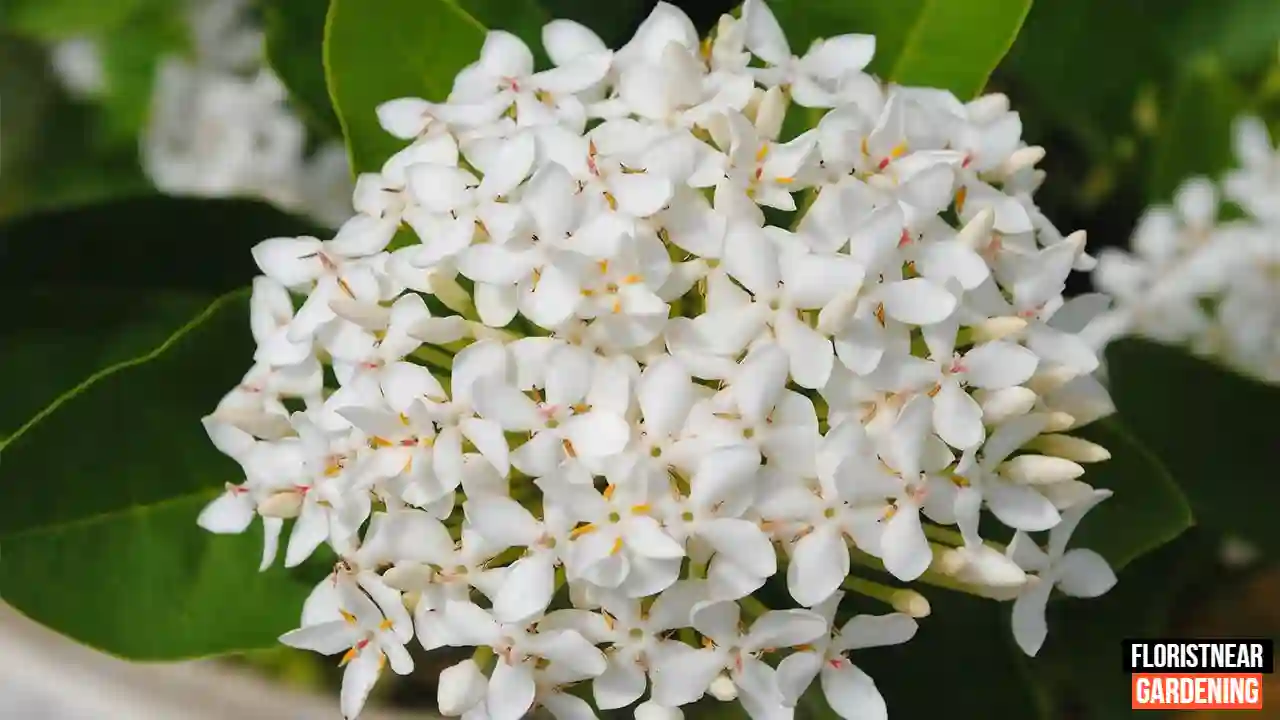The portulaca family includes the flowering plant moss rose, also known as portulaca. It is a South American native that is now widely cultivated due to its stunning, colorful flowers and simplicity of upkeep. The portulaca plant is also known as the moss rose because of its tiny, moss-like leaves that grow close to the ground and give it its name.
This plant is well-known for its summer-long display of vivid, bright flowers. The easy-to-grow, low-maintenance portulaca, also known as the moss rose, is a fantastic plant for beginning gardeners. Many people believe it to be a carefree wild flower. That is completely untrue. You will learn exactly how to maintain and spread portulaca from this report.
Portulaca: A Comprehensive Guide for Portulaca Plant Care
A low-growing, spreading annual, portulaca can reach heights of six inches and a width of up to twelve inches. It has succulent, fleshy leaves that can be red or variegated in addition to their usual color of green. The plant produces a wide variety of colorful flowers in shades of pink, red, orange, yellow, white, and bi-color when it blooms in the summer. The cup-shaped, silky flowers open in direct sunlight and close at night or on overcast days.

Because of its drought tolerance and low maintenance needs, portulaca, also known as moss rose, is a common plant to use in rock gardens, borders, and containers. It can tolerate some shade but does best in fully sun-drained soil. The plant makes a great choice for gardens in areas with wildlife because it is also resistant to deer and other pests.
Choosing the right location:
Portulaca grows best in warm, sunny environments. It tolerates drought conditions and prefers fertile, draining soil. Make sure your pot receives at least six hours of direct sunlight each day when deciding where to place it. Portulaca should not be planted in areas with poor drainage as this can result in plant rot.
Soil preparation:
Before planting portulaca, it’s important to prepare the soil. Portulaca prefers fertile, sandy-loam soil that is slightly acidic. Sand or compost can be added to heavy, clay soil to improve drainage if it has accumulated there. Blend 50% dry soil, 30% cow dung/organic matter, and 20% sand; then, for a few days, keep the mixture moist. Afterward, the seedlings ought to be planted. ortulaca can be planted at any time, but late winter is ideal.
Planting Method:
You can plant parsley seeds or cuttings. After the winter, plant the seeds directly into the ground if you’re starting from seed. Wait until the plant is established before cutting, then take a healthy section of the stem. During the cutting, shoot. Plant in rooting hormone-infused, well-drained soil.

To ensure proper plant growth, space your seeds six to eight inches apart, and water them well.
Portulaca can be planted directly into the ground later in the winter and is frequently propagated from seeds. The plant produces seeds that fall to the ground and germinate the following year to produce new plants. Stem cuttings taken in the spring or early summer can also be used to propagate the plant.
[READ MORE: 10 TOP TIPS TO GET MAXIMUM FLOWERS ON ORANGE JASMINE]
Water Application:
Portulaca, also known as moss rose, requires little maintenance. Although portulaca is drought resistant and can go for extended periods without water, it is still crucial to give the plant plenty of water when the soil becomes dry. Root rot and other issues can result from excessive watering. Not again with less water. Less watering causes the plant to dry out and die. Placement of plants should be in an area with lots of sunlight.
Temperature:
In the range of 23 to 38 degrees Celsius, purtulica thrives. Temperatures during sowing should not be too high, and mild conditions are ideal. However, it is best to keep the plant away from below-freezing temperatures as they can harm or even kill it. Fertilizer application is necessary for a plant’s healthy growth and flowering.
Pruning:
Although portulaca plants don’t require pruning, it is necessary for them to grow and flower more. During the growing season, apply a balanced fertilizer once a month.
Pests and diseases:
The mealybug is the caterpillar’s worst enemy. As soon as the mealybug infests the plant, prompt remediation is advised. The first is biological insecticides, and the second is chemical insecticides. These are the two ways to get rid of this mealybug. Spraying water diluted with detergent can also be used to control mealybug. Because mealybug cannot attack in direct sunlight, they are more active in the shade.
When portulaca is planted in poorly drained soil, root rot can develop. Aphids and spider mites can also be a problem, but they are treatable with neem oil or insecticidal soap.
All things considered, the portulaca is a lovely and easy-to-grow plant that can be added to any garden, even one with limited space. It’s a fantastic option for novice gardeners due to its low maintenance requirements and tolerance to drought. Choose a sunny spot, water thoroughly when necessary, and fertilize once a month with well-drained soil. Your portulaca will bloom all summer if you give it the right care.
[READ MORE: A COMPLETE GUIDE TO GROWING AND CARING FOR YOUR BOUGAINVILLEA PLANT]
Types of Portulaca Flower Plants:
Portulaca flower plants come in a variety of shapes, sizes, and colors. Here are some of the most popular types:
- Grandiflora: Grandiflora portulaca flower plants are known for their large, showy flowers. They come in a range of colors, including red, yellow, pink, and white. These plants are perfect for adding a pop of color to your garden or patio.
- Multiflora: Multiflora portulaca flower plants produce numerous small flowers in a variety of colors, including yellow, pink, and orange. These plants are ideal for planting in large groups, as they create a stunning carpet of color.
- Moss Rose: Moss rose portulaca flower plants are a type of grandiflora portulaca with a distinctive rose-like appearance. They come in a variety of colors, including red, pink, yellow, and white. These plants are perfect for adding a touch of elegance to your garden or home.
- Single Flower: Single flower portulaca flower plants produce large, single blooms in a range of colors. They’re perfect for adding a bold splash of color to your garden or patio.
- Double Flower: Double flower portulaca flower plants produce frilly, double blooms in a variety of colors. These plants are perfect for adding a touch of whimsy to your garden or home.
- Dwarf: Dwarf portulaca flower plants are a smaller variety of the grandiflora portulaca. They come in a range of colors and are ideal for planting in containers or in small garden spaces.
[READ MORE: EASY WAY TO GROW & CARE LOTUS PLANT]
Can portulaca plants grow in shade?
No, portulaca plants require full sun to thrive.
Do portulaca plants attract bees and butterflies?
Yes, portulaca plants attract bees, butterflies, and other pollinators.
Can I grow portulaca plants in containers?
Yes, portulaca plants do well in containers. Use a well-draining soil mix, and make sure the container has drainage holes.
How often should I fertilize my portulaca plants?
Portulaca plants do not require fertilizer. However, adding a slow-release fertilizer during planting can help promote healthy growth.



